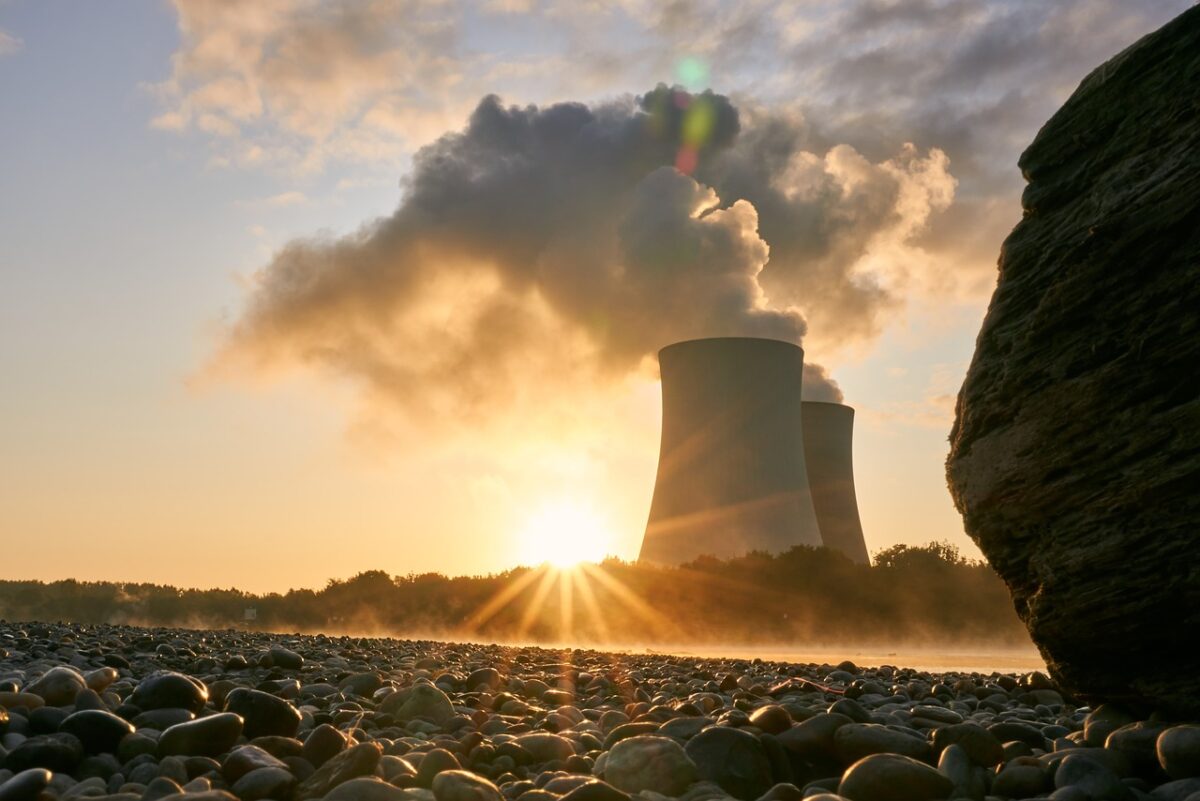Italy's journey towards a sustainable energy mix seems unlikely to include nuclear, at least in the foreseeable future.
 While nuclear energy has the potential to underpin a robust low-carbon electricity strategy, Italy's resolute opposition to nuclear technology, expressed in a 2011 referendum where 95% of voters rejected it, serves as a significant roadblock. Digging further into the past, it is possible to recall the vehement protests that marked the early 2000s and which centered on the construction of a nuclear waste storage site in Scanzano Jonico, in Basilicata. Those events collectively underscored the deep-rooted apprehension held by the Italian public about nuclear energy.
While nuclear energy has the potential to underpin a robust low-carbon electricity strategy, Italy's resolute opposition to nuclear technology, expressed in a 2011 referendum where 95% of voters rejected it, serves as a significant roadblock. Digging further into the past, it is possible to recall the vehement protests that marked the early 2000s and which centered on the construction of a nuclear waste storage site in Scanzano Jonico, in Basilicata. Those events collectively underscored the deep-rooted apprehension held by the Italian public about nuclear energy.
Even putting public sentiment aside, nuclear power is far from simple to implement. Building a nuclear plant is a protracted process, spanning 7-15 years, contingent on variables including size and technology and accompanied by a substantial price tag, currently estimated at around $15 billion per gigawatt of generation capacity.
As we stand today, it appears exceedingly unlikely that a new nuclear facility commissioned today would meet a 2030 climate policy deadline, based solely on construction timelines. When considering the time required for a national education campaign to alter the negative public perception of nuclear, to overcome Italy's intricate planning and permitting hurdles, and then allowing for potential construction delays, the prospect of an operational new nuclear power plant by the significant net zero economy deadline of 2050 begins to fade. Italy's track record of failing to realize ambitious projects, such as the infamous Bridge of the Strait of Messina, underscores this pattern.
Investor doubt
Salvini's pre-election announcements about nuclear have, unfortunately, created further uncertainty in a market that is already fraught with risk for prospective renewable energy investors. Italy has an extremely opaque permitting process which has resulted in historically long waiting times for developers and, recently, very low approval rates. In 2022, fewer than 1% of solar farms received a permit to build, with a backlog of 1,364 renewables projects awaiting evaluation in the country.
To reach its 2030 climate targets, Italy must install no less than 10 GW of clean power generation capacity per year until that date, the lion’s share of which are expected to be solar. Last year, the country installed 3.04 GW of solar.
The shortfall stems primarily from the complex layering of local, regional, and national regulations, which differ from town to town and region to region. At a country-wide level, the criteria applied for permitting processes are inconsistent and permits are often denied for esoteric reasons – a notable example was the 30 MW agrivoltaic farm in the Marche region that was blocked due to worries about the impact this would have on the agricultural industry in the area.
Popular content
Over the last few years, the government has introduced a series of regulations aimed at simplifying the approvals process for solar. These have gone so far as to enable the construction of solar on reclaimed mines and landfills without the need for permits – land categorized as “edilizia libera,” or free construction. There is a considerable shortage of such sites available in Italy, however. In Terrawatt's professional experience, a large number of such sites have not been appropriately sealed and reclaimed and would require substantial capital investment (and a years-long process) before any solar panels could be put down. That renders the edilizia libera permitting simplification of little relevance in the grand scheme of the energy transition due to its low potential impact. Similar simplifications, allowing the use of slightly more streamlined procedures, have been applied to other categories of land.
Farmland
In practice, though, no simplification of permitting has been applied to utility scale solar built on agricultural land, unlike agrivoltaic installations, which have received slimmer authorization procedures. It is important to note that, if Italy’s 2030 target of 130 GW of installed renewable energy capacity were to be achieved exclusively with solar power, around 200,000 hectares of land would be required. Italy’s total agricultural land surface is around 12.8 million hectares. For this reason, the most significant potential for solar installation in Italy lies in repurposing agricultural land, which could be achieved by installing traditional utility scale solar until the target is met without making a material dent in the land available for agriculture.
What is conspicuously missing from Italy's energy transition strategy, to achieve the 2030 target, is a cohesive set of clear national regulations intricately aligned with European decarbonization objectives. Such regulations should effectively govern the renewables permitting process, offering transparent criteria and defined timelines. The provision of such regulatory clarity is pivotal for instilling much-needed certainty within the energy market as it strives to reach a crucial milestone in Italy's energy transition journey.
About the author: Patrick Donati is a renewable energy entrepreneur and expert in green technology and sustainable development. He is founder and managing director of Terrawatt, an IPP with operations in Italy.
The views and opinions expressed in this article are the author’s own, and do not necessarily reflect those held by pv magazine.
This content is protected by copyright and may not be reused. If you want to cooperate with us and would like to reuse some of our content, please contact: editors@pv-magazine.com.


Italy easily has more than enough space for 100GW of solar. Or more if it wants.
Where: The Adriatic.
The Adriatic has some strong winds, but low wave height. Low cost floating structures can be built, and even rotate daly to track the sun.